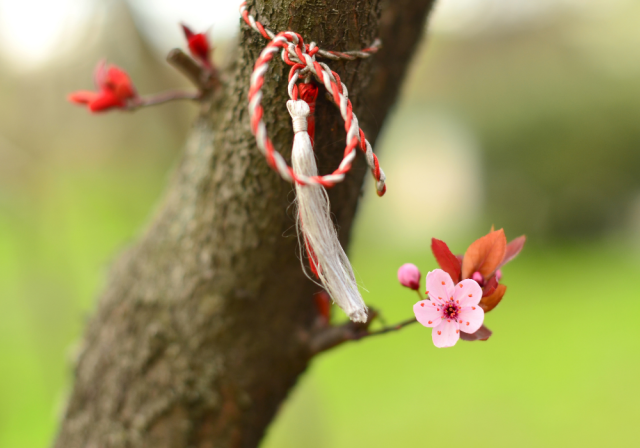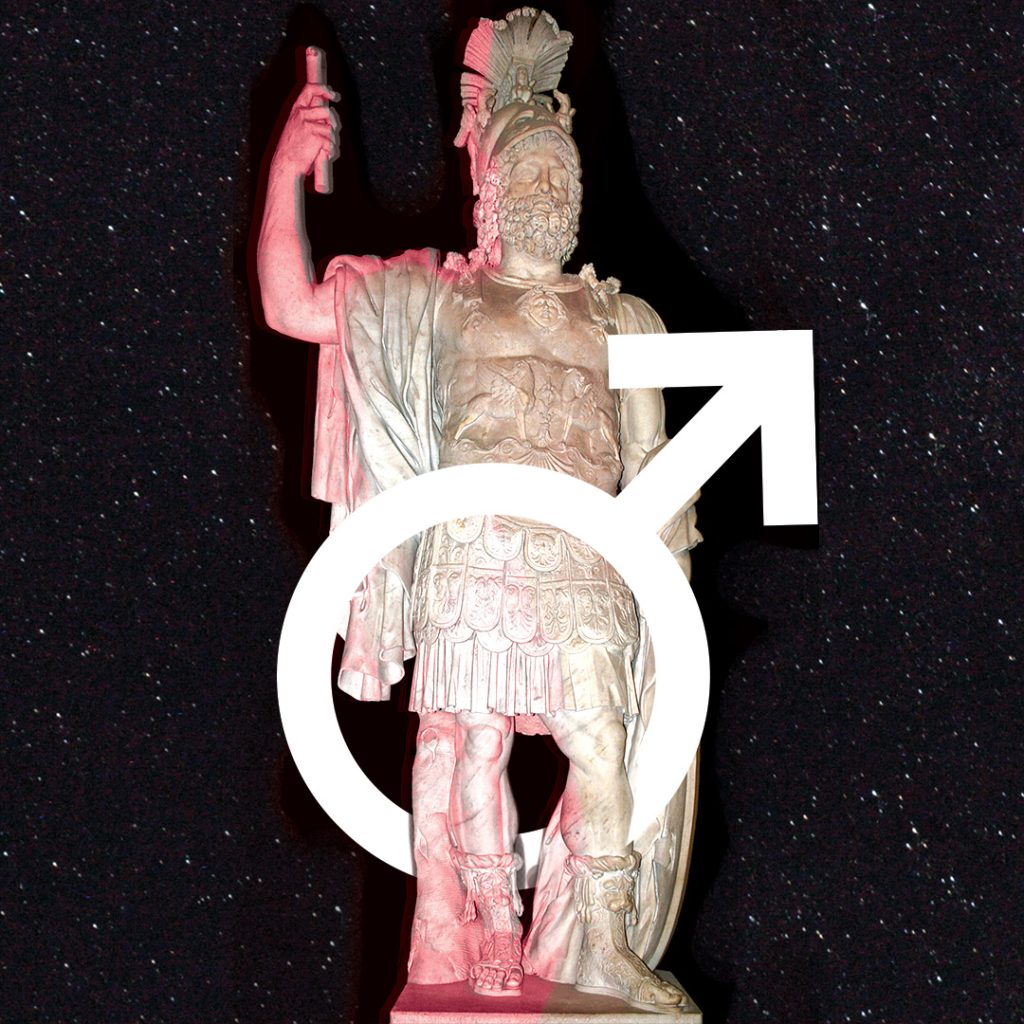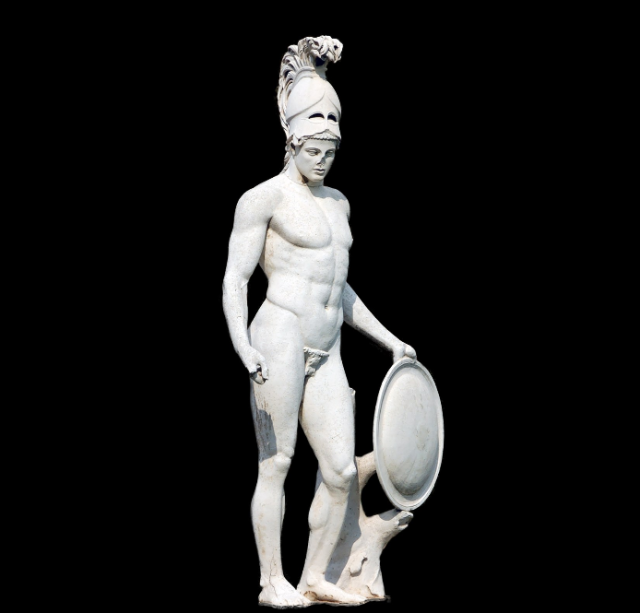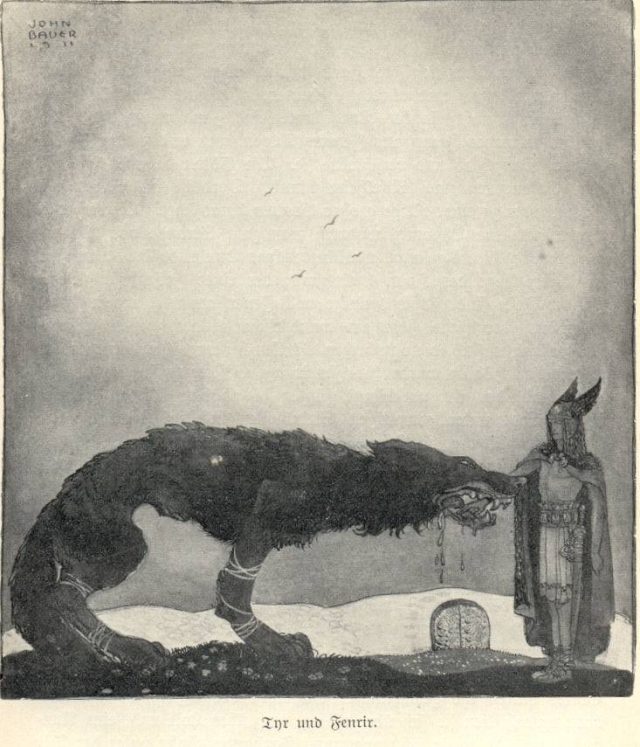How is the god of war connected to the season of Spring?
As I write this article, we just entered the month of Mars: the third month in the gregorian calendar and of the kosmo kalindar.
It is the 60th day of the year (61st in leap years), 305 days remain until the end of the year.
20 days left until spring Equinox in the Northern Hemisphere — March 20.
Also 20 days left to up! your calendar game —if you haven’t already.
Kalindar sales season ends on March 22. Get your kalindar here!
And now back to our subject:
In ancient Rome, the New Year’s was celebrated on the 1st of March.
March (‘Martius’) was named in the honor of the god Mars. Not only the god of war but also the god of agriculture, the practice that depends on the rebirth of vegetation that happens around Spring Equinox.
The Dacians also celebrated the New Year on the first day of March.

In Romania, it’s the day of Mărțișor — literally meaning Little March.
A Romanian custom that involves a talisman tied with a red and white string, worn — in the old days — by both men and women, pinned close to their hearts until the end of the month. Brings good health and luck. 🍀💕 In Bulgaria it is called Martenita, and in Macedonia, only children wear the protective talismans.
In modern times and urban environments, ladies of all ages and sometimes children are the only receivers of the Mărțişor as a symbol of the emerging spring, of friendship, love, respect and affection.
Artisans, artist and vendors of stuff sell the little trinkets in outside spaces, malls or boutiques or e-commerce websites. Nowadays, you can tie a red & white string to anything and call it a Mărțișor and really, the string and act of offering it — that’s what matters most.
The two colors — white and red — have many meanings: a modern one that is commonly accepted is peace and love.

There is a dualistic feeling in this tradition: a god of war versus the mother goddess, light against darkness, winter against spring.
Given the dual nature of many customs, one could argue that the two colors are actually a symbol of peace and war and the balance between the two.
We choose to see it as an alchemical union, but the local stories about this time of the year suggest a conflict: a god of war versus the mother goddess, light against darkness, winter against spring.

Anthropologists and ethnologists speculate that the origin was Roman or perhaps even came from the traditions of the ancient Dacians, or maybe a cultural mashup between the two.
The holiday of the Mărțișor has not yet been fully Christianized. It is still a pagan celebration of spring, of the spirit of Mother Nature.
All in all, the origins of the Mărțișor (literally meaning little March and the old Romanian name of the third month) are disputed, but it could be that Mars, the Roman god of war and agriculture is somehow involved in this, at least from an etymological P.O.V.
Romans were celebrating the 1st of Martius as the beginning of a new growing season.
 This does not come as a surprise for a culture that had the conquest of the land as a goal, war being *The Way*.
This does not come as a surprise for a culture that had the conquest of the land as a goal, war being *The Way*.
After a conquest comes the planting of crops that have to be protected.
The God of Mars was doing an important job so he had two dedicated Festivals in ancient Rome: the first, in March (the beginning of the growing season) and the second in October (end of the growing season and beginning of military campaigns).
Tuesday is named after Mars in Roman languages. The God of warfare, conquest, triumph, and protector of crops also had a place among the planet pantheon that names the week. Thus, a weekly opportunity for invocation.
Though not identical, here are his cross-cultural counterparts of Mars, the Roman God:

Ares — Greek god of war and courage

Tyr — god of war and justice in Norse mythology // Tiw —god of war, swordplay and the sky in the Anglo-Saxon tradition
Attributes: month of Mars and day of Mars


Follow @kosmokalindar on Instagram for content that will lift your eyebrows and offer a fresh, cross-cultural perspective on the time we are living in.
We’ll tell you the stories of a connected kosmos in the love language of indie/ vaporwave aesthetics & melodic tunes. You choose what and how to celebrate. And write that down on your Kalindar.
